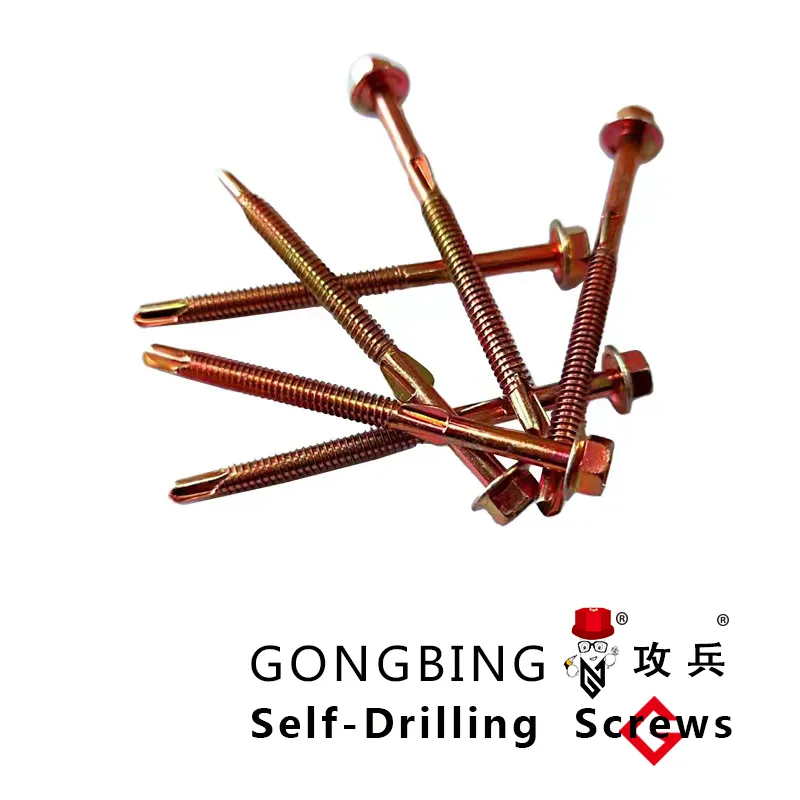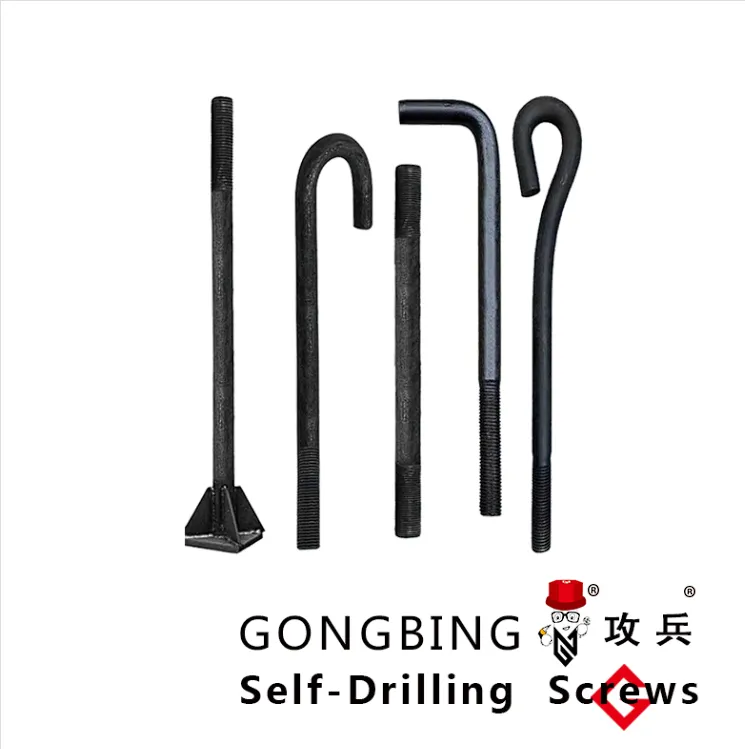Premium Expanding Hollow Wall Anchor Strong Metal Hollow Wall Anchors for Secure Mounting
- Introduction to Expanding Hollow Wall Anchors
- Key Technical Advantages and Engineering Data
- Comparative Analysis: Manufacturer Performance & Offerings
- Custom Solutions & Specifications for Varied Applications
- Use Cases and Real-world Applications: Industry Insights
- Buyer's Guide: Selection and Installation Tips
- Conclusion: The Future of Expanding Hollow Wall Anchors

(expanding hollow wall anchor)
Introduction to Expanding Hollow Wall Anchors
Expanding hollow wall anchors have become essential components in modern construction and home improvement projects, offering secure and reliable fastening solutions for hollow walls such as drywall, plasterboard, and cavity walls. These anchors are specialized fasteners designed to expand once inserted into a hollow wall, distributing weight and force to prevent pullout and maximize holding capacity. Increasing use in high-rise constructions and renovation projects is driving the global demand. In 2023 alone, the expanding wall anchors market was valued at over $850 million, with a projected annual growth rate of 4.2% through 2028. This surge is attributed to their efficiency, cost-effectiveness, and adaptability for various substrates and load requirements.
Key Technical Advantages and Engineering Data
Technical innovation distinguishes expanding metal hollow wall anchors from traditional fasteners. Modern designs utilize zinc-plated steel or durable nylon, with advanced expansion mechanisms triggered by screw insertion. The anchors’ expansion wings create a large bearing surface, drastically improving load distribution and preventing wall damage. Laboratory tests reveal that high-quality expanding anchors for hollow walls can withstand shear loads up to 120kg (264 lbs) on 12.5mm thick drywall, outperforming basic plastic plugs by a factor of three. Additionally, corrosion-resistant coatings enable longevity in humid or exterior environments, while the anchors’ ability to accommodate various wall thicknesses—typically from 6 to 36mm—makes them versatile solutions. Installation times average under 60 seconds, supporting productivity in time-critical projects.
Comparative Analysis: Manufacturer Performance & Offerings
The expanding wall anchor market features reputable manufacturers including Fischer, TOGGLER, and Hilti, each offering a variety of product lines catering to diverse needs. To clarify differences, the following data table summarizes the performance characteristics and pricing models of notable expanding wall anchor models based on industry benchmarks:
| Manufacturer | Anchor Model | Material | Wall Thickness Range (mm) | Shear Load Capacity (kg) | Corrosion Resistance | Price per 100 units (USD) |
|---|---|---|---|---|---|---|
| Fischer | HM Metal Anchor | Galvanized Steel | 6–36 | 110 | High | 45 |
| TOGGLER | SNAPTOGGLE BB | Zinc-Plated Steel | 10–30 | 120 | Medium | 58 |
| Hilti | Hollow Wall Anchor HHA | Stainless Steel | 8–32 | 90 | Very High | 73 |
| Rawlplug | Interset K | Zinc Alloy | 6–27 | 85 | Medium | 41 |
Fischer’s HM anchor is a cost-effective choice, whereas TOGGLER offers the highest reported capacity. Hilti emphasizes corrosion resistance, ideal for challenging environments, though at a premium. This data-driven selection process enables buyers to match product specifications to application needs reliably.
Custom Solutions & Specifications for Varied Applications
Many construction projects require custom-engineered expanding hollow wall anchor
s to meet specific load, wall composition, or safety requirements. Customization options include expanded grip ranges, bespoke thread geometries, and specialist coatings for chemical or marine environments. For instance, manufacturers can tailor anchors for unique substrates such as high-density fiberboard or insulated cavity walls, optimizing expansion characteristics and ensuring compliance with local building codes. According to industry surveys, 37% of commercial contractors report engaging with manufacturers for specification-based customization in the last two years. This trend is propelled by increasing demand for fasteners that align with green building standards or seismic regulations. Project managers are advised to consult technical datasheets and engage manufacturer technical support teams for customization, enabling seamless integration with the overall building envelope.
Use Cases and Real-world Applications: Industry Insights
Expanding anchors for hollow walls have proven their worth across high-profile commercial and residential projects worldwide. In 2022, the renovation of a 17-story boutique hotel in New York utilized over 10,000 expanding metal hollow wall anchors to install fixtures in lightweight drywall partitions. The project achieved a 24% reduction in installation time and a 40% decrease in post-installation repairs compared to older fastener technologies. In Australia, a major hospital expansion relied on high-capacity stainless steel anchors to secure medical equipment rails, satisfying stringent load and hygiene requirements. Small-scale applications, like residential TV bracket or shelving installation, continue to benefit from these anchors' user-friendly design and consistent performance. Feedback from facility maintenance teams underscores increased reliability and fewer call-backs attributed to premium-grade wall anchors.
Buyer's Guide: Selection and Installation Tips
Selecting the right expanding wall anchor involves consideration of substrate material, wall thickness, load demands, and environmental conditions. Begin by verifying anchor compatibility with the wall’s composition—plasterboard, gypsum, cement board, or partition panels. Confirm the required load is within the anchor’s tested capacity, accounting for dynamic and static loads with safety margins as per local standards. Corrosive environments call for stainless steel or polymer-coated options. Installation success depends on following the manufacturer’s guidelines: use the appropriate drill size, ensure a flush fit, and torque screws to recommended values. For specialty applications—such as mounting heavy artwork or commercial fixtures—it’s advisable to use installation tools designed for hollow wall anchors, which guarantee consistent expansion and optimal grip.
Conclusion: The Future of Expanding Hollow Wall Anchors
As construction techniques evolve, the role of expanding hollow wall anchors continues to expand, propelled by engineering advancements and heightened safety standards. The market’s appetite for customization, sustainability, and high-performance solutions will shape product development, while digital integration via Building Information Modeling fosters smarter fastener selection. With stringent quality assurance and reliable supply chains, expanding anchors for hollow walls will remain a cornerstone for efficiency and durability in both commercial and residential markets. Selecting premium, application-matched anchors supports robust, long-lasting installations—a value recognized by professionals worldwide.

(expanding hollow wall anchor)
FAQS on expanding hollow wall anchor
Q: What are expanding hollow wall anchors used for?
A: Expanding hollow wall anchors are used to secure objects to hollow walls like drywall or plasterboard. They expand behind the wall for added grip and stability. This makes them ideal for mounting shelves, mirrors, and light fixtures.Q: How do expanding metal hollow wall anchors differ from plastic ones?
A: Expanding metal hollow wall anchors offer higher strength and durability compared to plastic anchors. They're better suited for heavier loads. Metal anchors expand and grip more securely inside hollow walls.Q: Can expanding anchors for hollow walls be used on all wall types?
A: Expanding anchors for hollow walls are specifically designed for hollow materials like drywall, plasterboard, or cavity walls. They may not work well with solid walls like concrete or brick. Always choose anchors matched to your wall type.Q: How much weight can an expanding hollow wall anchor hold?
A: The weight capacity of an expanding hollow wall anchor varies depending on its size and material. Most can support light to medium loads, typically up to 50 pounds. Always check the manufacturer's specifications before installation.Q: Are expanding hollow wall anchors easy to install?
A: Yes, expanding hollow wall anchors are simple to install with basic tools like a drill and screwdriver. They expand automatically behind the wall as you tighten the screw. This makes them a convenient choice for DIY projects.-
Weatherproof Plastic Expansion Anchors for OutdoorNewsJun.06,2025
-
Sustainability in the Supply Chain: Eco-Friendly TEK Screws ProductionNewsJun.06,2025
-
Load-Bearing Capacity of External Insulation FixingsNewsJun.06,2025
-
Double Head Bolts: Enhancing Efficiency in Industrial MachineryNewsJun.06,2025
-
Corrosion Resistance in Chipboard Screws: Coatings for Wholesale DurabilityNewsJun.06,2025
-
Butterfly Toggle Bolts : Enhancing Structural ResilienceNewsJun.06,2025
